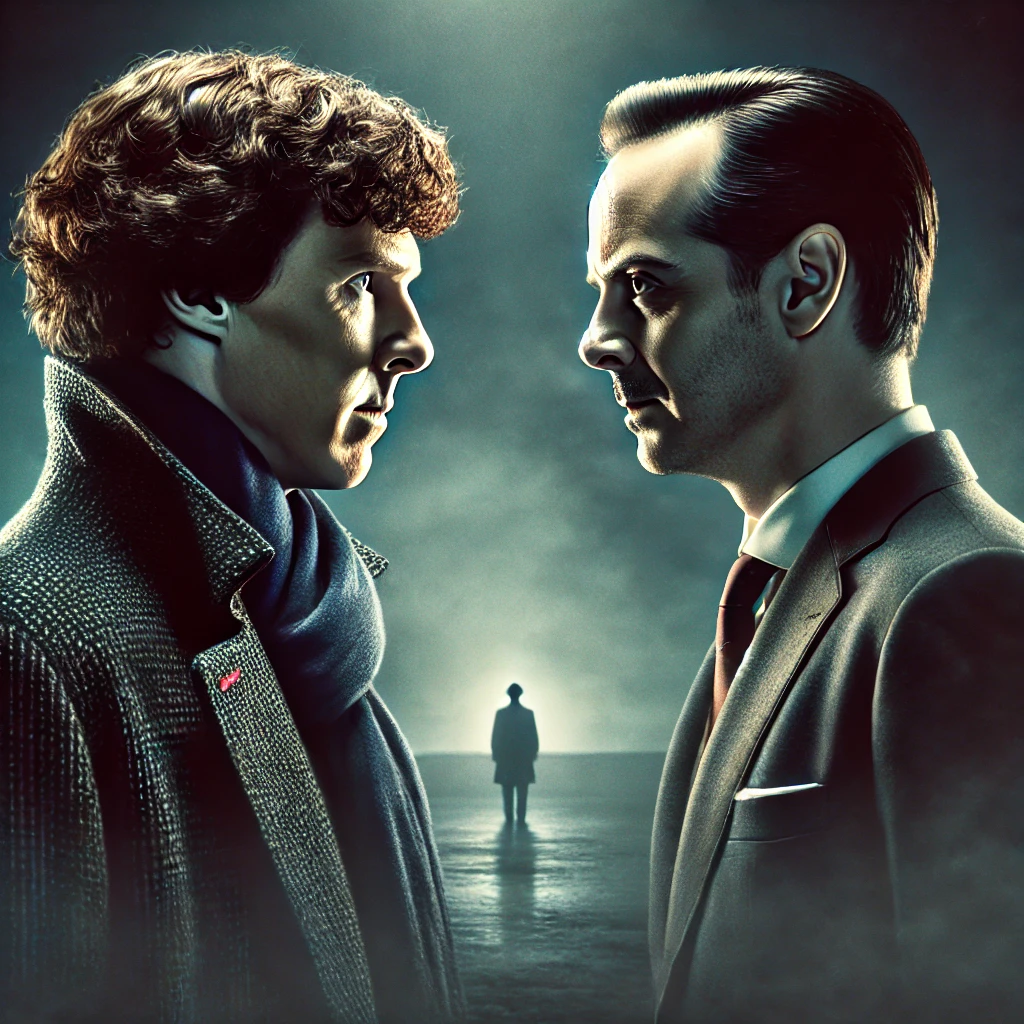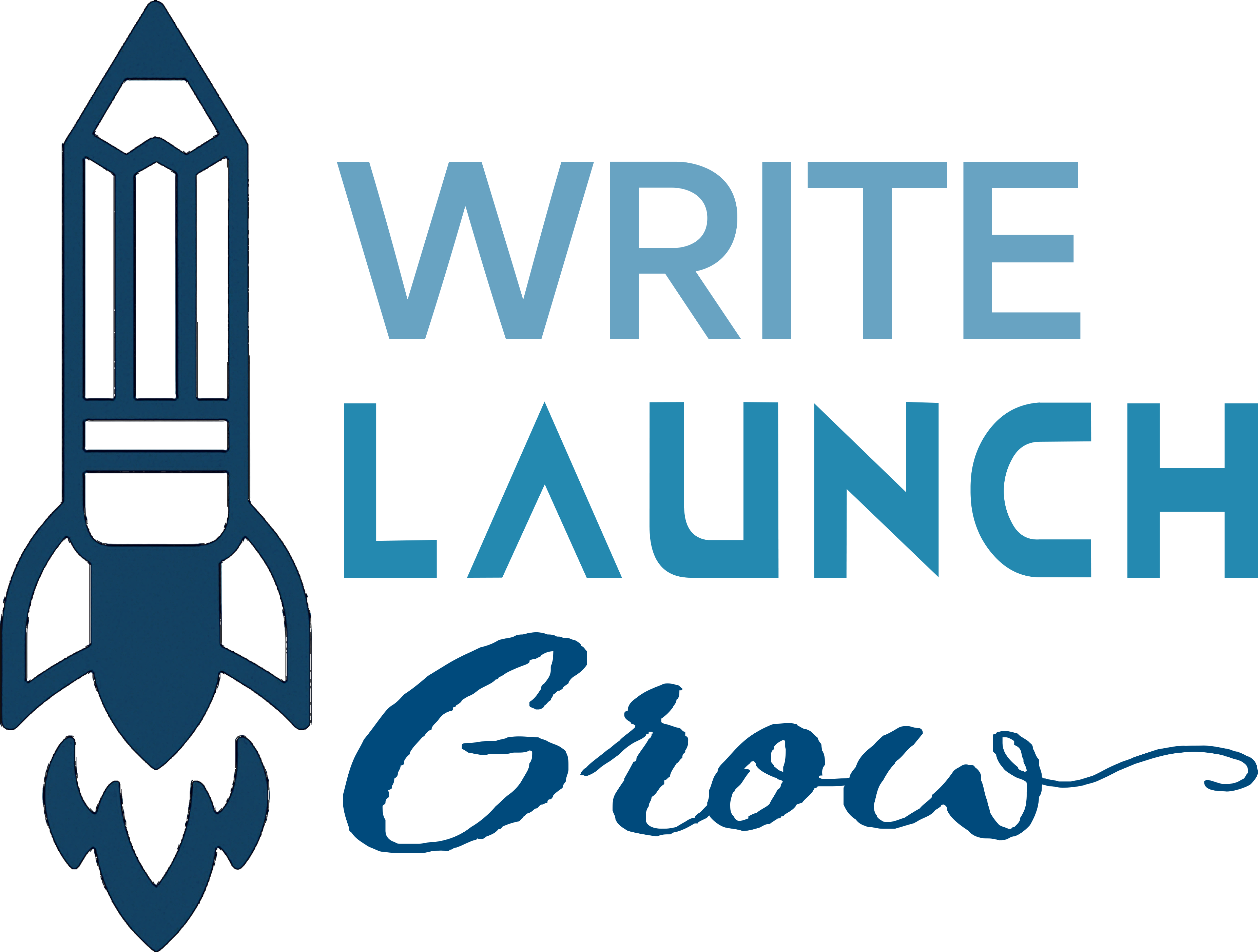Character relationships are the heart of every great story. Whether it’s a friendship that stands the test of time, a rivalry that keeps tensions high, or a romance that makes readers swoon (or scream in frustration), well-developed relationships make characters feel real and stories unforgettable. Let’s break down how to create character dynamics that grip readers and add depth to your storytelling.
Why Character Relationships Matter
The way characters interact reveals more about them than a dozen descriptive paragraphs ever could. Their relationships shape their choices, influence their growth, and add emotional stakes to the plot. A protagonist without meaningful relationships is like a pizza without toppings, technically fine, but missing something essential.
Types of Character Relationships
1. Friendships: The Power of Platonic Bonds
Great friendships add warmth, humor, and depth to a story. A strong friendship can act as a source of support, a foil to highlight differences, or even the driving force of the plot.
Example: Frodo and Sam (The Lord of the Rings) – Their friendship is the emotional core of the story, proving that loyalty and perseverance can conquer even the darkest of evils.
Writing Tip: Give friends different strengths and weaknesses so they complement each other. Conflict between friends also makes for great drama.
2. Rivalries: Conflict That Sparks Tension
Rivalries push characters to their limits, making them work harder, think smarter, or occasionally act like dramatic teenagers. A well-crafted rivalry adds tension and keeps readers invested in the outcome.
Example: Sherlock Holmes and Moriarty – A battle of intellects where both characters challenge and define each other.
Writing Tip: A good rivalry isn’t just about hatred. Make it personal. Give them history, mutual respect, or even moments of reluctant alliance. Their storytelling relationships and character dynamics can turn their story into a legend.

3. Romantic Relationships: More Than Just a Love Story
Romance can be a subplot or the main attraction, but it should always feel natural and meaningful. Great love stories don’t just happen; they evolve.
Example: Elizabeth Bennet and Mr. Darcy (Pride and Prejudice) – Their journey from misunderstanding to mutual admiration makes their love story satisfying.
Writing Tip: Avoid instant love unless it serves a purpose. Let chemistry build through shared experiences, conflicts, and growth.
4. Mentor & Protégé: Guiding the Hero’s Journey
Mentor relationships shape characters and offer wisdom, tough love, or just a different perspective.
Example: Obi-Wan Kenobi and Luke Skywalker (Star Wars) – A classic mentor-student dynamic that fuels Luke’s transformation.
Writing Tip: Mentors should have flaws too. No one likes a know-it-all.
5. Family Ties: Love, Obligation, and Drama
Family relationships add complexity—whether supportive, strained, or downright dysfunctional.
Example: Vito Corleone and Michael Corleone (The Godfather) – A father-son relationship filled with duty, love, and moral dilemmas.
Writing Tip: Show how family expectations shape your character’s decisions and struggles.
Strengthening Character Relationships in Your Story
🔹 Use dialogue to reveal depth – Conversations should show how characters feel about each other, not just advance the plot.
🔹 Let relationships evolve – The best character dynamics change over time. Friends can become enemies, rivals can become allies, and lovers can grow apart.
🔹 Conflict is key – Even the strongest relationships have friction. Show disagreements, misunderstandings, and reconciliations.
🔹 Subvert expectations – Avoid clichés by adding unique twists. Maybe the mentor is learning from the student, or the rivals secretly admire each other.
Bringing It All Together
Strong character relationships make stories compelling and characters unforgettable. Whether you’re writing about soulmates, sworn enemies, or the world’s most awkward work partnership, keep their interactions rich with emotion, growth, and stakes.
Want to go even deeper? Check out our posts on writing relationships and creating character arcs in our Substack: Creating Compelling Characters.
What’s Coming Next: Writing Realistic Dialogue
Next, we’ll tackle how to write dialogue that sounds natural, reveals personality, and keeps readers engaged. Stay tuned for practical tips on making character conversations shine! ✨


Recent Comments